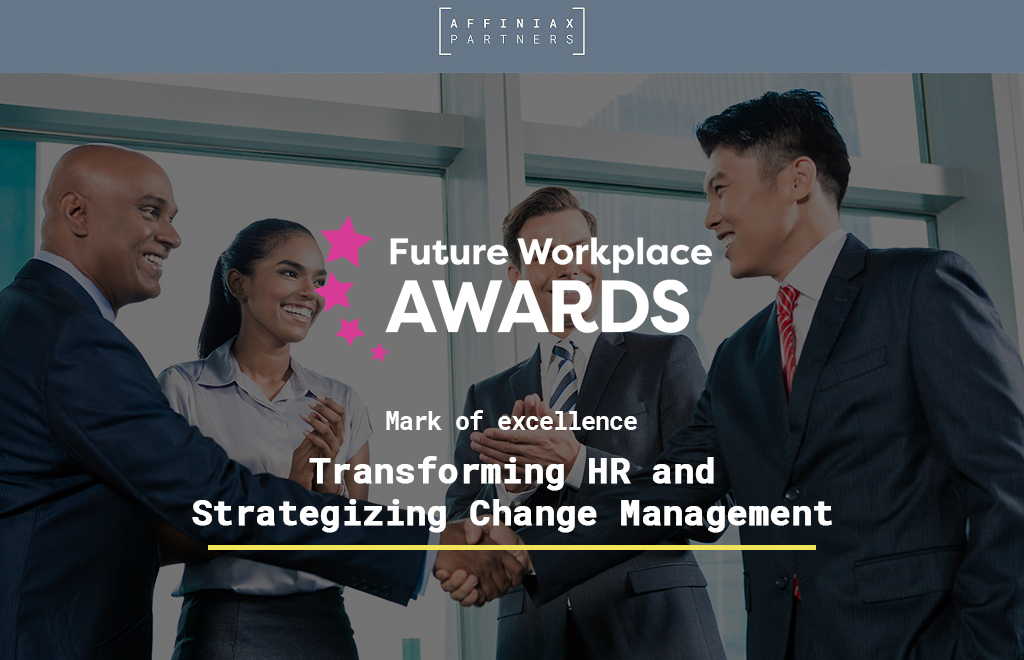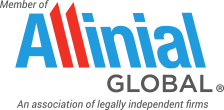When we talk about ‘Leadership’, what is the first thing that comes to your mind?
An Executive, busy developing a Company’s strategy to compete in the market; or a Political leader pursuing his passion; or maybe an Explorer, cutting a path through a dense jungle for the rest of his group to follow. One thing remains common in all cases – Leaders set directions, build an inspiring vision and create something new for others to follow.
In this article, we are focusing on the process of leadership – particularly the “Transformational Leadership Model in the workplace”. This model was first proposed by James MacGregor Burns and then developed by Bernard Bass. This model highlights visionary thinking and bringing about change, instead of management processes that are designed to maintain and steadily improve current performance.
According to the idea of Transformational Leadership, an effective leader is a person who does the following:
1. Creates an inspiring vision of the future.
Vision for a business is basically where you want to be in the future. It provides directions, sets priorities, timelines and finally, a model to analyse if you have achieved your milestone. Leaders should focus on an organisation’s current skills, analyse situations and then proceed with innovation by shaping the business and strategy in such a way that it creates something meaningful to the people being led in the organisation. A very important aspect of this theory is that a leader should be “Proactive” and should not be satisfied with things as they are.
2. Motivates and inspires people to engage with that vision.
The ability to motivate your employees inspires them and helps to deliver the vision. Effective leaders link motivation under two segments:
- The expectation that hard work will lead to good results.
- The expectation that good results will lead to attractive incentives and rewards – intrinsic or extrinsic.
People believe in and admire leaders who have an expertise in that area. A leader must have a proven record to support that he can lead people, which means he should have earned such power and not by mere position in the organisation.
3. Managing delivery of Vision.
A leader must make sure that his vision is followed and managed effectively – either by himself or by dedicated managers under him to whom responsibilities and roles are clarified. They should set KPI (Key Performance Indicators) for each employee to make sure they are on the right track and working collectively towards achieving their goal. This stage may also include certain changes and a leader should ensure that changes go smoothly and with the support of all employees in the organisation.
4. Coaching and building a team to achieve Vision.
A leader must understand the team dynamics in order to strategise his vision. He needs to make sure that the required abilities and skills are set to move forward. This is an ongoing process under which the team is mentored, various training and coaching is provided along with appropriate feedback and analysis by way of KPIs.
Leadership includes searching for and grooming leadership skills in others. Once the skills are developed in the team, success continues for the long term- and that’s the true measure of Great Leadership.
Leaders become great, not because of their power but because of the ability to empower others – John C Maxwell
Written by
Nihar Kothari














